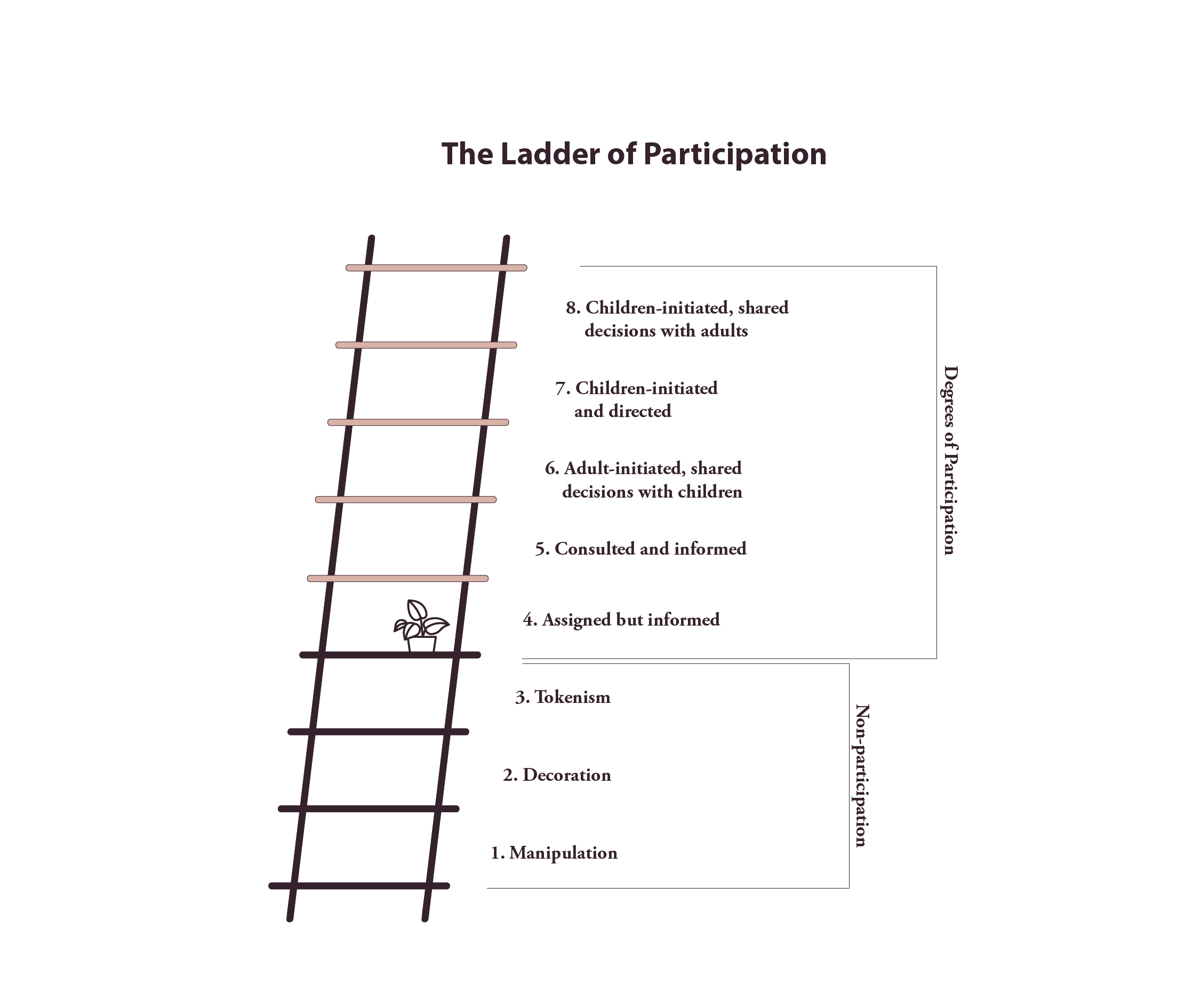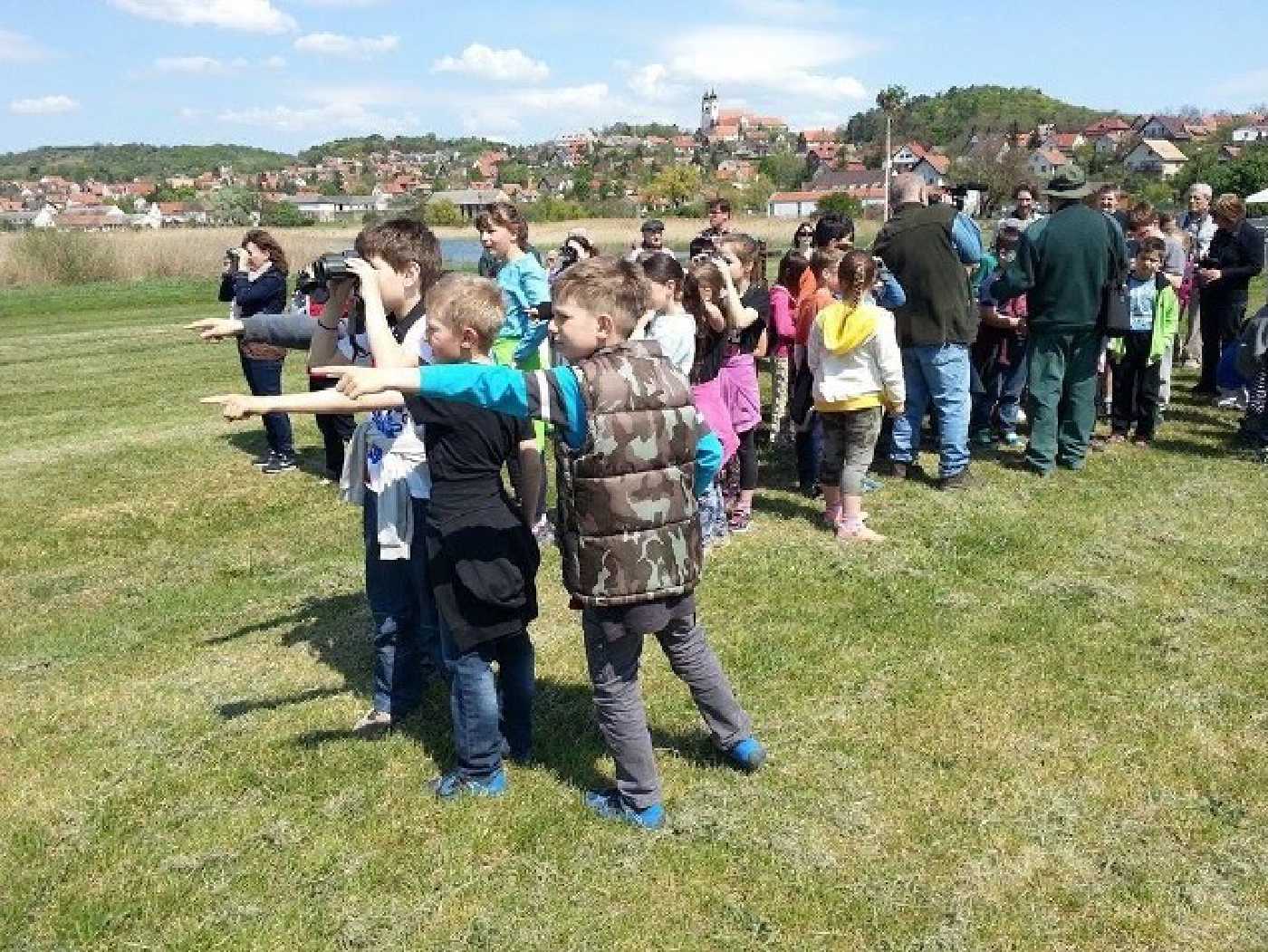Wilderness Watch Programme in Hungary
Data collection by volunteers on protected species in the service of nature conservation

Key words
volunteers, supplying data, environmental education, protected species, distribution, National Biodiversity Monitoring System, nature conservation in Hungary, Web2
Introduction of the programme, topic, issue by a quote from the teacher, student, lecturer
“The hedgehog, whose name is Al Capone… He came to us a few weeks ago and got fond of cat food. Since then, he has been coming regularly (daily) at feeding time, sometimes being here before and looking for his bowl. The cats have ‘adopted’ him, even tolerating him pushing them away from their own bowls. It seems to be an offspring from this season, as occasionally a larger adult appears and eats the cat’s food, too. Could it be that soon all the hedgehogs in the area will be visiting us?” (www.vadonleso.hu)
A photo of the application
Specification of what the reader will learn
- Presentation of the Wilderness Watch Programme, which collects and records data on 18 easily recognisable, protected animal and plant species through a Google Maps-based website, with the involvement of a wide range of the public.
- The data collected by volunteers is professionally verified by experts.
- Ideas on how to get volunteers of different ages (including families, children, students) interested in nature and educate them about conservation of biodiversity through data collection.
Purpose and objectives of the specific programme in the context oparticipative approaches
The aim of Wilderness Watch is to raise the interest of volunteers of all ages in nature and to educate them in a broad approach to nature conservation.
A further aim is to generate specific species conservation actions based on the data collected on protected species, and to use the monitoring data from volunteers for official nature conservation and to help the survival of protected animal and plant species, and the conservation of biodiversity as a whole.
The monitoring of widespread and relatively common species and the regular collection of national occurrence data is often a major, almost insurmountable, task for specialists.
At the start of the programme, data on 9 easily recognisable, common, protected or strictly protected animal and plant species of Community importance could be recorded using a Google Maps-based website. Today the number of animal and plant species in the programme is 18.
In the past 13 years, since the programme was launched, around 15.000 professionally verified observations have been recorded from around 3.000 volunteers.
Although the Wilderness Watch Programme is mainly aimed at involving Hungarian volunteers, occasionally observations from abroad may be relevant for better understanding of the species.
The collected data show that, despite the high number of protected species recorded, the data came from a small number of enthusiastic volunteers. A strong motivating factor is that the data are immediately visible on the map after being recorded, so volunteers feel they can contribute to making the map more complete and thus improve the conservation status of their preferred species. In many cases, the interest and sense of achievement that this generates also encourage volunteers to monitor the species repeatedly over a long period of time.
This can also lead to the formation of community-building groups, when volunteers find other people’s data on maps and become aware that they may be observing the same species. Such communities are facilitated by a Facebook page and group, as well as an Instagram platform and a YouTube page.
Another objective of the Wilderness Watch Programme is to create and implement active (participatory) environmental education. Our most significant annual programmes are the Mammal of the Year and the Wildflower of the Year initiatives, which are raising awareness on the conservation of species. To promote these programmes and motivate the theme, we have a number of artists — writers, poets, musicians, actors – volunteering for us each year, depending on the nature of the theme. Based on these initiatives, we then organise, judge and reward various playful competitions. Thanks also to the “Mammal of the Year” initiative, launched 9 years ago, more than 7,800 entries (illustrations, comics, stories, poems, video clips) have been submitted by young and old alike, and the programme’s message reached hundreds of thousands of people through media and personal encounters.
Important pillars and ingredients of the specific program:
The main elements of the Wilderness Watch Programme are:
- Community-based dissemination data collection and monitoring.
- Recording, checking and making available the data provided on Google Map.
- Initiate concrete conservation actions after analysing the data.
- Integrating artistic works into environmental education programmes and competitions (incorporating music and literature, as well as clips or promotional films, contemporary poems, poetry in school activities, competitions to illustrate the works submitted).
- The entries are prepared by the pupils in school sessions, in workshops, with the help of their teachers.
- It is important to motivate the students, both by discussing the topic together and by rewarding interesting and even innovative entries.
- Presentation of entries in museums and travelling exhibitions.
- The poems and stories will be performed by well-known actors and musicians and presented to children and their families at the end-of-year gala performance. The resulting videoclips will be made available online, preserved and made accessible at any time.
- Regular interactive communication between volunteers, students, artists and programme leaders.
- Evaluation of social feedback, strengthening back-and-forth communication (Web 2. application, i.e. continuous interactive communication between the website visitor and its operator).
- Every year, to conclude the Mammal of the Year theme, a playful competition is organised for students in one of the National Park centres.
Risks encountered during the implementation of the specific program
Users should be aware of the general risks of moving in the field.
In order to attract public attention the programme must stay up-to-date and being able to renew continuosly. It is one of the difficulties for the programme operators are facing. New programmes and proposals are needed regularly. The renewal of the website is also a constant task that requires maintenance.
The inevitable exhaustion of students and volunteers over time is also a constant challenge for operators. As they work on a voluntary basis, ensuring the continued and active participation of programme operators is a major organisational and logistical challenge that accompanies our activities. Considerable financial resources are needed to ensure the server and maintenance conditions for the website.
Impact on pupils‘, students’ competencies
The Wilderness Watch Programme develops the following competences:
- self-directed learning (self-directed, preparing, collecting data, submitting, etc.),
- digital literacy,
- science competence (learning about a species),
- competence in the mother tongue (e.g. writing poetry),
- visual competence (e.g. drawing, photography).
Quotes from students
“I have seen several hedgehogs, but this time I spotted a cub while walking the dog. I didn’t touch the hedgehog, but he let me get close enough to him, he didn’t ‘cocoon’. I waited to see if the mother would come for it, but she went inside a fence.”
Impact on the class, school, local community
The popularity of the Wilderness Watch programme is reflected in the comments and stories that volunteers write alongside their observations.
“I’m sorry I didn’t know about this website before.” “I was surprised that there is such a reporting facility in this country, that there is someone who is concerned about this, where species of animals can be spotted.”
“Squirrel hopped, appeared and then disappeared unnoticed. On a sunny morning after a rainy day.”
“Two resident specimens were sunning themselves, eating almond blossoms and playing chase, then they moved on.” (squirrels at Isntenhegyi Clinic)
“I spotted the hedgehog eating the brown toad while saving frogs!”
“In PE class, there was a dead one on the running track.” (praying mantis)
“Finally, there’s a girl hedgehog coming here! I’m sure she must have little hedgehogs, because she is looking pretty skinned underneath… I gave her cat food so she could go home with a full stomach, and she ate it. :) "
In primary and secondary schools, teachers often promote the Wilderness Watch Programme, partly in connection with voluntary data collection mostly linked to the neighborhood, and partly in connection with current competitionss. In our experience, direct and targeted contact with the teachers, rather than a letter to the school management, is an effective way to strengthen the reach of the programme. We also reach out specifically to educational institutions that are part of the Eco-Schools scheme (e.g. through the Eco-Schools newsletters). We can also involve environmental educator colleagues from national park directorates in the programme. They have direct contact with teachers working in the area and who are open to the topic.
The practical conservation utility of the occurrence data collected by volunteers is illustrated by the data reported on hedgehogs observed in urban environments. The value of this
data is not only reflected in the fact that it is incorporated into the so-called Natura 2000 conservation plans, but can also play a significant role in everyday community life. Data on species within the Wilderness Watch (hedgehogs, squirrels, turtles) hit by road traffic can highlight road sections where traffic is particularly threatening these species.
Budapest’s roads can be classified into different levels of danger for protected hedgehogs. For the roads with the highest risk, traffic signs warning of small mammals and, where necessary, traffic slowing devices can be used to reduce the accidents.
